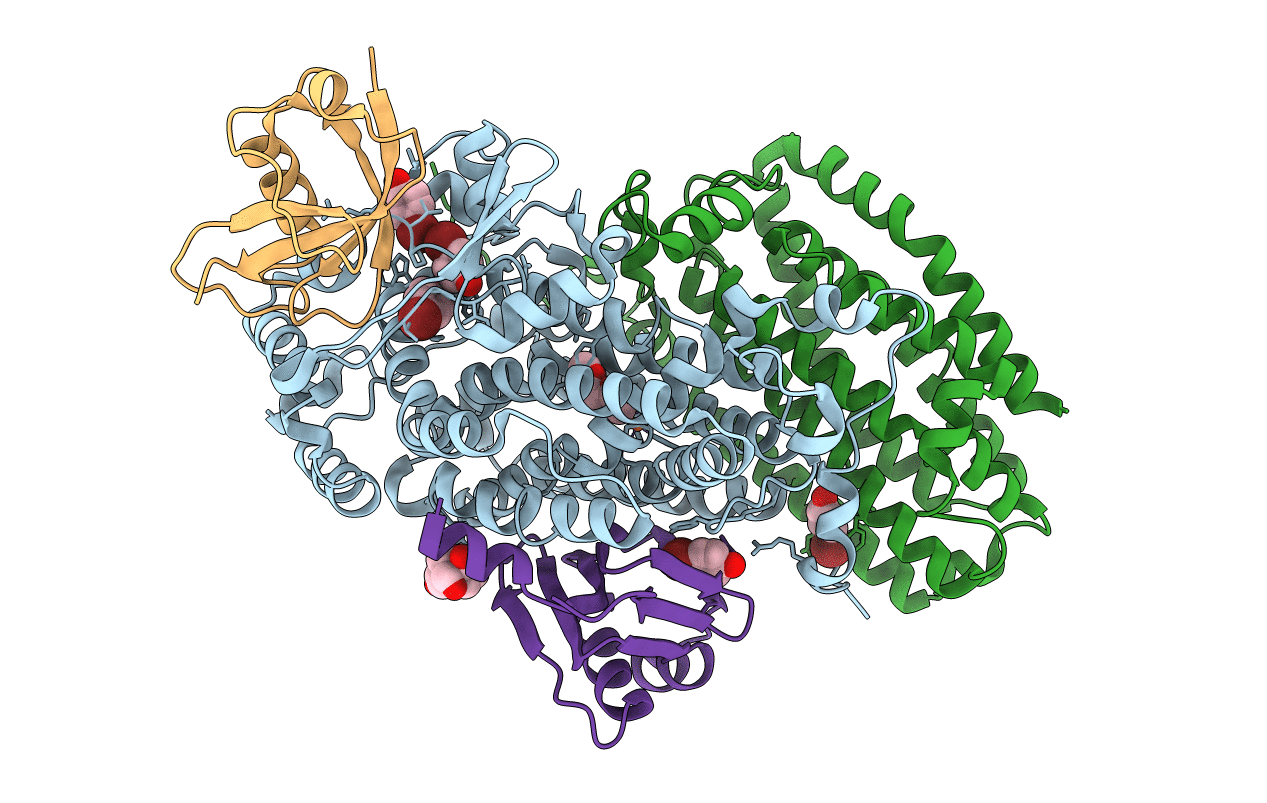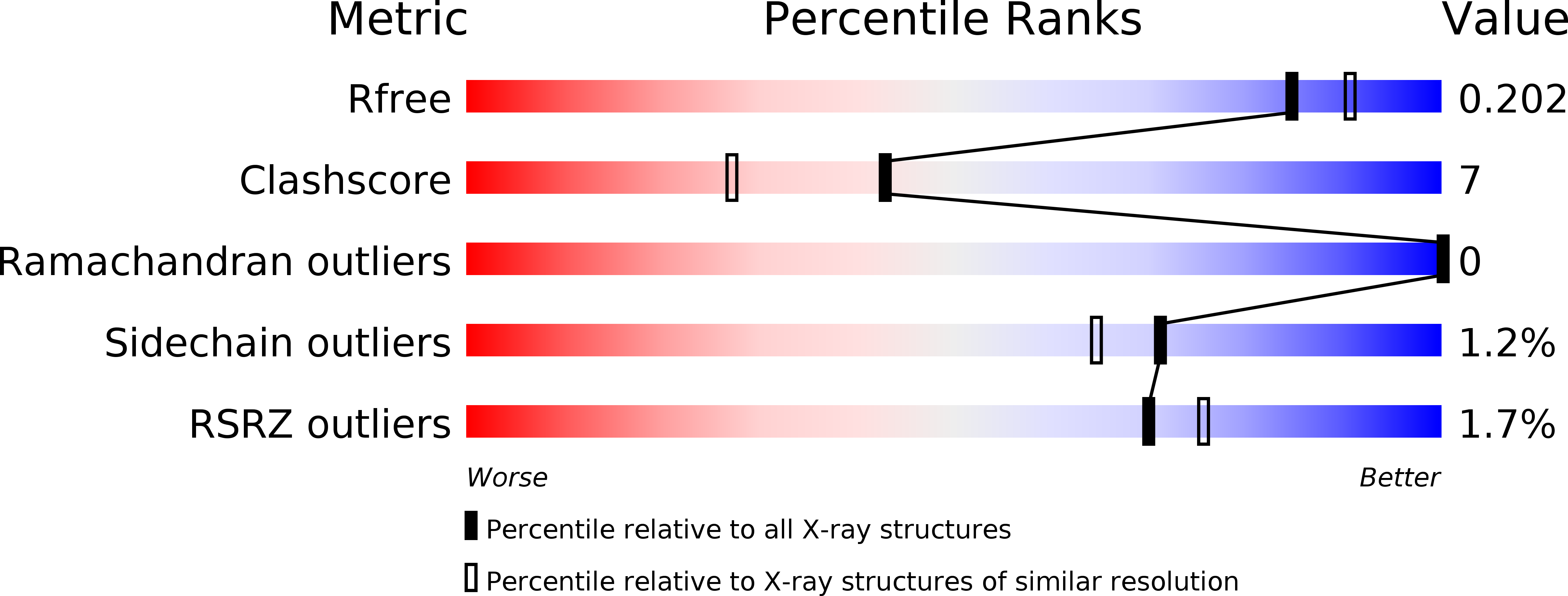
Deposition Date
2008-06-17
Release Date
2008-12-30
Last Version Date
2024-02-21
Entry Detail
PDB ID:
3DHH
Keywords:
Title:
Crystal Structure of Resting State Toluene 4-Monoxygenase Hydroxylase Complexed with Effector Protein
Biological Source:
Source Organism:
Pseudomonas mendocina (Taxon ID: 300)
Host Organism:
Method Details:
Experimental Method:
Resolution:
1.94 Å
R-Value Free:
0.20
R-Value Work:
0.15
R-Value Observed:
0.15
Space Group:
C 2 2 21


